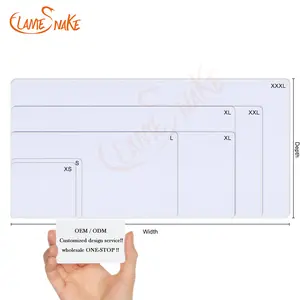
All categories
Featured selections
Trade Assurance
Buyer Central
Help Center
Get the app
Become a supplier














Truy cập Alibaba.com để có được chất lượng tốt nhất và tốt cho sức khỏe nhà sản xuất pad vẽ. cho thời điểm đó trong tháng. Những vật dụng được thiết kế linh hoạt này bảo vệ hiệu quả trong khi cho phép di chuyển dễ dàng hơn. Chất kết dính lâu dài của những nhà sản xuất pad vẽ này. đáng tin cậy để giữ sản phẩm chắc chắn tại chỗ. Những sản phẩm này thoải mái và được làm bằng chất liệu an toàn cho mọi phụ nữ, các tình trạng kinh nguyệt khác nhau và mọi loại da.
Alibaba.com cung cấp nhiều loại sản phẩm hữu cơ này nhà sản xuất pad vẽ. được làm bằng vật liệu hữu cơ không độc hại, không chứa hóa chất, chất tổng hợp và thuốc nhuộm có hại để giữ cho phụ nữ an toàn và khỏe mạnh. Các sản phẩm này có thiết kế tinh tế với các ngăn khóa chống rò rỉ ở trên cùng và bên cạnh để ngăn nước tràn và mang lại cho người dùng cảm giác tươi mới và an toàn suốt cả ngày.
Những ngăn này nhà sản xuất pad vẽ siêu thấm dòng chảy nhanh chóng mang lại cảm giác sạch sẽ và khô ráo dài lâu. Cấu trúc thoải mái của các hạng mục này được hoàn thiện theo hình dạng sáng tạo tốt nhất để mang lại sự phù hợp tối ưu. Khách hàng được đảm bảo sự thoải mái với các cạnh linh hoạt của các sản phẩm này được thiết kế chủ yếu để ngăn chặn sự di chuyển liên tục của sượt qua đường. Các tấm của các sản phẩm này được làm bằng vật liệu không gây dị ứng và thoáng khí cho phép luồng không khí lưu thông để giảm bớt mùi khó chịu và ngăn ngừa kích ứng để bảo vệ tối đa trong thời gian dài.
Hãy truy cập Alibaba.com và nhận được những điều tốt nhất nhà sản xuất pad vẽ. quyền chọn trên thị trường. Các nhà cung cấp đáng tin cậy cung cấp nhiều loại sản phẩm phù hợp với nhu cầu của những phụ nữ khác nhau. Hãy tiếp cận thời điểm đó trong tháng một cách tự tin bằng cách sử dụng các sản phẩm đáng tin cậy này.